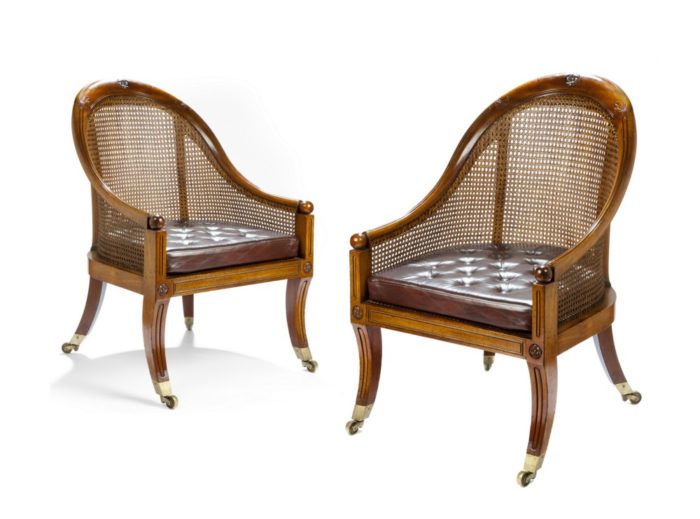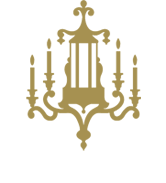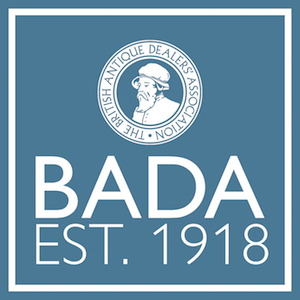
Robert Gillow was born in Singleton in the Fylde, Lancashire in 1704 and with him begins the story of the furnituremaking firm of Gillow. At this time Lancaster was one of the west coast ports of importance, trading with the West Indies, and Robert became well known for his use of mahogany, imported from Jamaica, Cuba and Honduras, an essential factor in the development of Gillows as a cabinet and furniture making firm of national standing from being a small provincial joiners firm.
In 1772 Robert Gillow died. His sons Richard (born 1734) and Robert continued the business, Robert in the London branch, and in touch with all the latest London fashions. It was through Richard that the firm reached its zenith, between 1750 and 1811 when some of the best English furniture was being made. Extending dining tables were a Gillow invention, and inventiveness and ingenuity characterised their work. Richard not only shone as a great craftsman but also as a fine character. Loved in Lancaster and by all around, he was able to attract honest and splendid craftsmen to work with him.
In the 1760s Richard, also a trained architect, designed and built several notable buildings in Lancaster and elsewhere, including the Custom House on St George’s Quay (which now houses the Maritime Museum). Richard died in 1811 and his son, also Richard (born in 1772), succeeded him in the firm. In 1827, he purchased Leighton Hall near Carnforth, where he lived until his death in 1849.
The firm’s name became associated with utmost respectability and value for money. Gillows continued to expand, although it always kept to traditional cabinet making skills, and also began to specialise in outfitting luxury yachts and liners, including the Royal Yacht ‘Victoria and Albert’, Tsar Alexander III’s yacht ‘Livadia’ and liners Lusitania, Heliopolis and Cairo.
Finally in 1903 Gillows merged with SJ Waring, with whom it had co-operated on the 1900 Paris Exhibition Pavilion contract. As Waring and Gillow, the firm’s final ship fitting contract was with the Cunard liner Queen Elizabeth.
Gillows Furniture is sometimes stamped, probably only 40% – that which was made for stock. The early stamped pieces bear “GILLOWS LANCASTER” or “GILLOW LANCASTER”, later pieces bear “GILLOWS” or “GILLOWS & CO”. A number is sometimes also found that can be used to trace the item through the company’s archive records. Gillow Furniture from the 18th and 19th Century bears the unmistakable characteristics of fine quality, simple design, and perfect proportion.

 MENU
MENU












